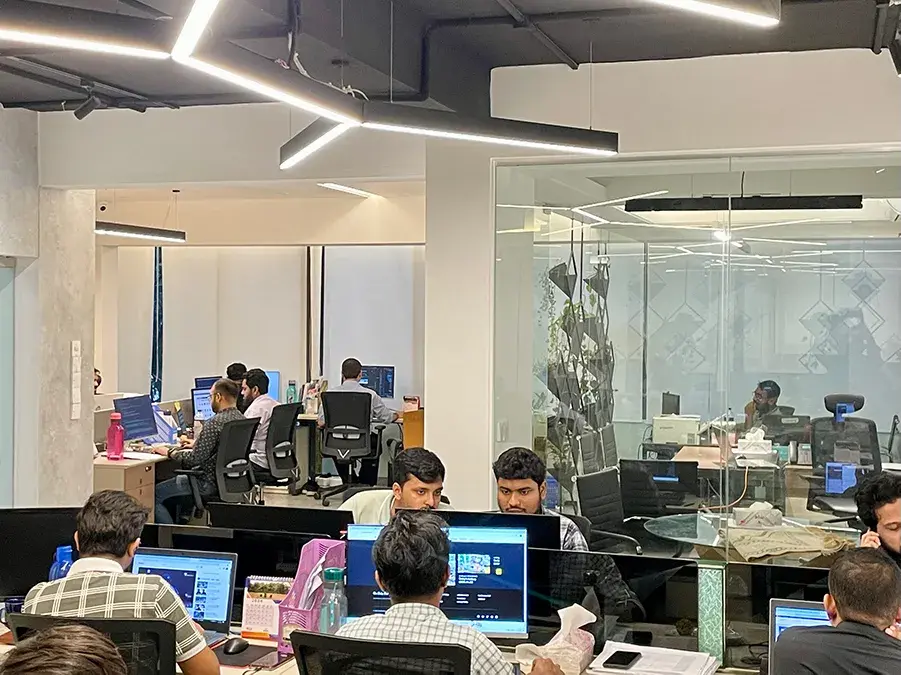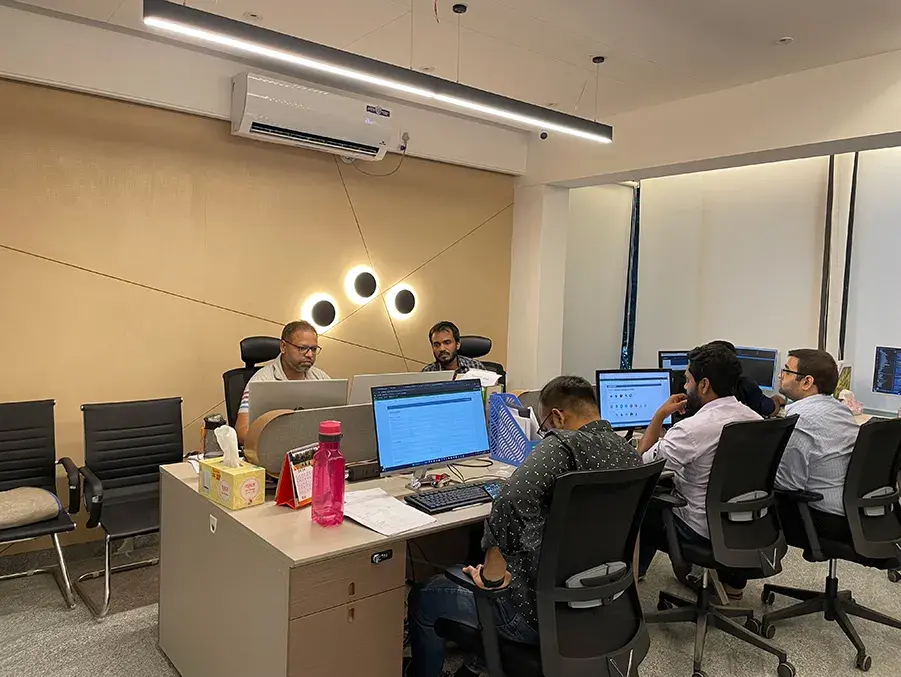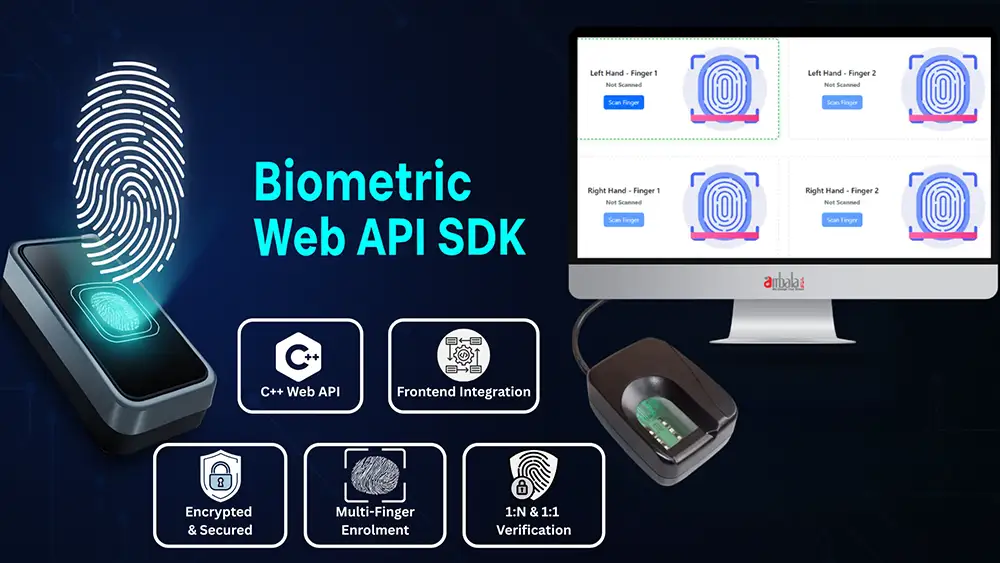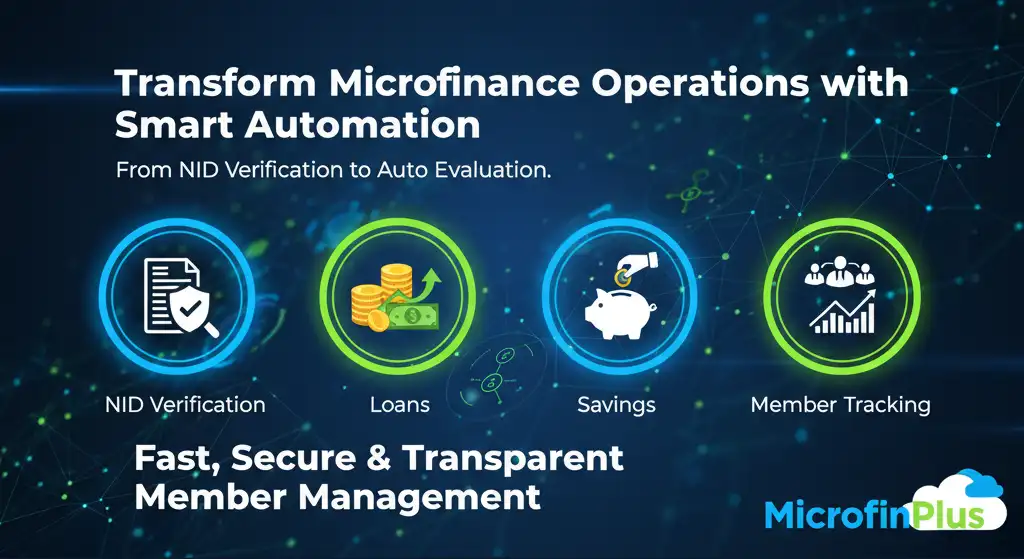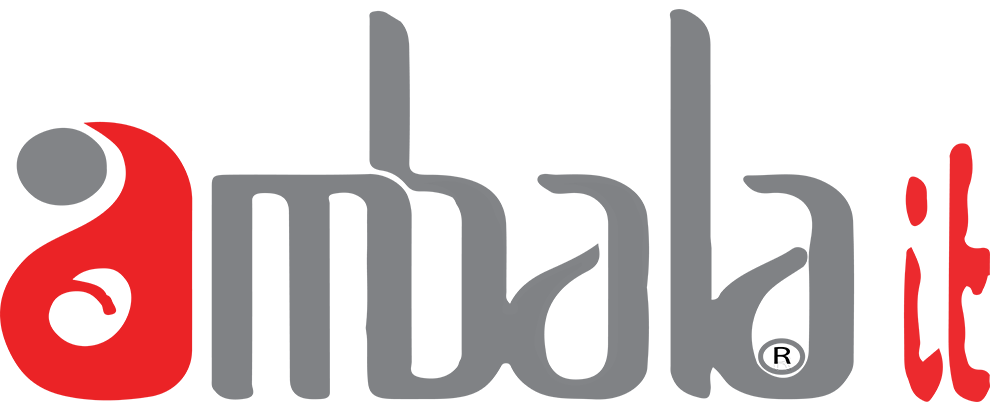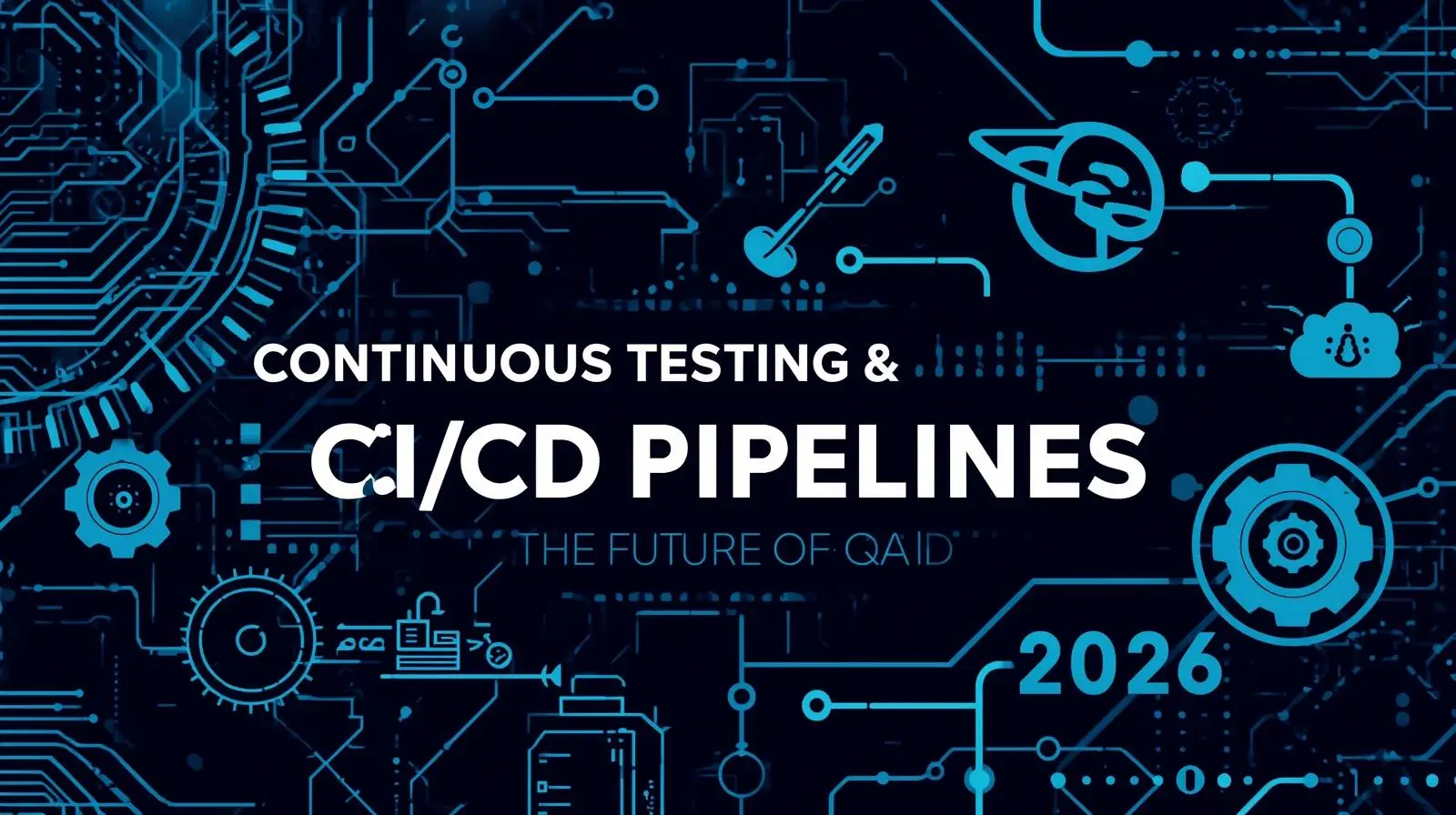
Continuous Testing and CI/CD Pipelines: The Future of QA in 2026
Software development, Continuous Integration and Continuous Delivery (CI/CD) pipelines have become the backbone of delivering high-quality software quickly and efficiently. However, the efficiency of a CI/CD pipeline is only as good as the quality assurance processes embedded within it. Continuous Testing, a practice that ensures automated testing occurs at every stage of the CI/CD pipeline to catch bugs early and maintain software quality.
Continuous integration(CI): Automatically checks, tests, and code merges every time.
Continuous Deployment(CD): Automatically pushes the tested code and live environment.
What is Continuous Testing?
Continuous Testing is the practice of executing automated tests at every stage of the software delivery pipeline, from development to production monitoring. Unlike traditional testing, which happens late in the cycle, Continuous Testing provides real-time feedback on the business risks of software releases.
Role of CI/CD in Modern QA:
Continuous Integration and Continuous Deployment (CI/CD) forms the backbone of modern software delivery.
In 2026, CI/CD pipelines will be:
- AI-driven: Generating and healing test suites automatically.
- Security-first: Embedding security and compliance testing.
- Observability-rich: Real-time analytics on code quality, risk and performance.
Why Continuous Testing is Crucial for CI/CD Pipelines:
- Early Bug Detection: Identify bugs and easier to fix.
- Faster Releases: Automating tests and CI/CD pipelines, speed without compromising quality.
- Improved Collaboration: developers, testers, and product owners are aligned.
- Reduced Risks: Comprehensive testing ensures that only stable builds make it to production, reducing the likelihood of failures post-deployment.
CI/CD Pipeline Testing Tools:
- Scandium: Automation platform, Scandium, Jenkins, GitLab, and CircleCI.
- Selenium: Framework, Selenium, in conjunction with CI/CD tools for test automation.
- Jenkins: CI/CD tool, Jenkins, enabling automated test execution during builds.
- TestNG: Framework designed for Java, TestNG offers advanced features, continuous testing.
- Postman: API testing, Postman and integrate them into CI/CD workflows.
Emerging trends in software quality assurance:
- AI-Driven Test Automation: Generative AI will auto-create tests from requirements or code changes, reducing scripting workload.
- Infrastructure as Code (IaC) Testing: Cloud infrastructure configurations will undergo automated testing just like application code
- Self-Healing Pipelines: CI/CD systems will fix broken tests or deployment failures autonomously, reducing downtime.
- Test Observability: QA dashboards will track coverage, flaky-test rates, and failure root causes in real time..
- Continuous Security (DevSecOps): Security testing will be integrated into every commit including penetration testing, static code analysis, and compliance validation.
CI/CD Pipeline Test Benefits:
- Early Bug Detection
- Maintaining Quality Standards
- Rapid Feedback for Development Teams
- Ensures Quality and Confidence in Deployment
Finally, Continuous Testing has become essential for modern software delivery. By integrating automated testing into CI/CD pipelines, teams can maintain speed, reduce risks, and ensure quality. Tools like Scandium make adoption easier with a no-code platform, allowing teams to automate tests efficiently and focus more on innovation than manual effort.

